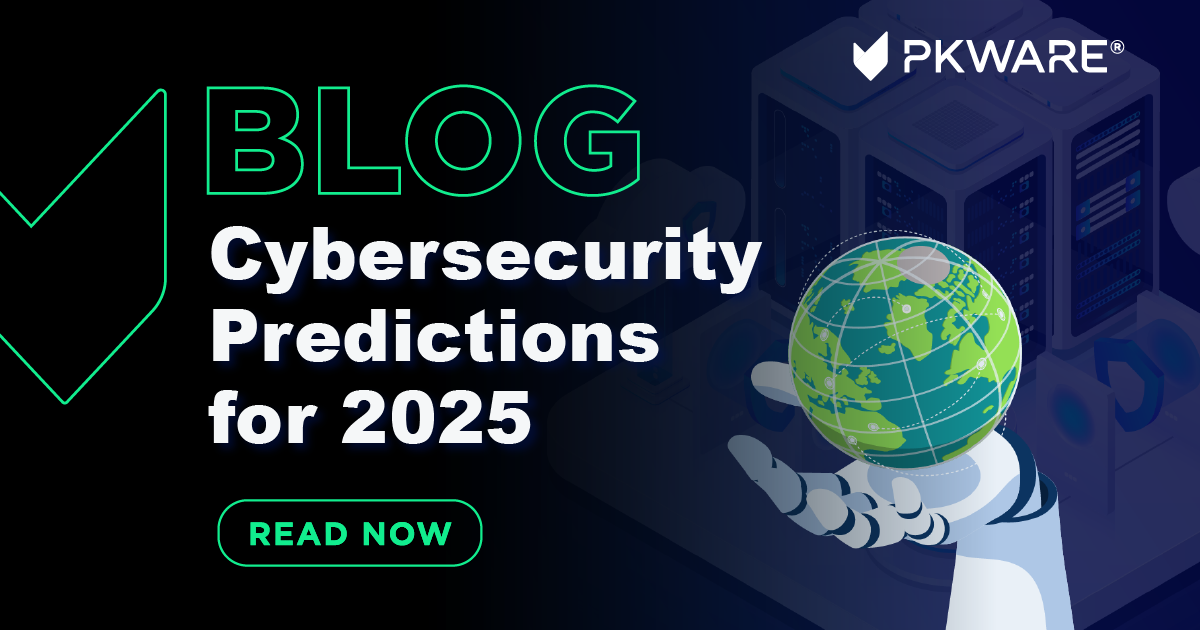Improve protection strategies through expert cybersecurity and privacy advisory.
Improve protection strategies through expert cybersecurity and privacy advisory.
Blog Article
The Following Frontier: Insightful Cybersecurity Forecasts for the Coming Year
As we approach the brand-new year, the cybersecurity landscape is on the verge of notable transformation. Secret factors such as the combination of advanced AI innovations, the unavoidable surge of sophisticated ransomware, and the firm of data privacy laws are shaping the future of electronic security. The ongoing frequency of remote work continues to reveal brand-new vulnerabilities that organizations have to navigate. Comprehending these characteristics is essential for expecting the obstacles in advance and strategically fortifying defenses, yet the effects of these adjustments remain to be completely checked out.
Rise of AI in Cybersecurity
In the rapidly progressing landscape of cybersecurity, the assimilation of fabricated intelligence (AI) is emerging as a crucial pressure in boosting hazard discovery and feedback capacities. AI modern technologies, such as artificial intelligence formulas and deep discovering versions, are being increasingly released to assess substantial quantities of information and determine patterns a sign of safety and security risks. Deepfake Social Engineering Attacks. This allows organizations to proactively deal with vulnerabilities prior to they can be made use of
The increase of AI in cybersecurity is particularly significant in its capacity to automate routine tasks, permitting human experts to focus on more intricate protection problems. By leveraging AI, cybersecurity teams can lower action times and enhance the accuracy of hazard evaluations. AI systems can adapt and find out from brand-new dangers, continually improving their detection mechanisms to remain ahead of harmful stars.
As cyber threats become extra advanced, the demand for sophisticated solutions will drive more investment in AI modern technologies. This pattern will likely bring about the advancement of boosted protection tools that integrate anticipating analytics and real-time tracking, inevitably fortifying business defenses. The change towards AI-powered cybersecurity options stands for not simply a technical shift but a basic change in how organizations approach their safety techniques.
Boost in Ransomware Strikes
Ransomware assaults have become a widespread threat in the cybersecurity landscape, targeting organizations of all sizes and across various sectors. As we advance right into the coming year, it is expected that these strikes will certainly not just boost in regularity but likewise in class. Cybercriminals are leveraging innovative tactics, including the use of man-made knowledge and equipment knowing, to bypass conventional safety and security procedures and manipulate susceptabilities within systems.
The rise of ransomware attacks can be attributed to several elements, including the rise of remote work and the growing dependence on electronic solutions. Organizations are often unprepared for the evolving threat landscape, leaving crucial infrastructure susceptible to breaches. The financial effects of ransomware are astonishing, with business dealing with significant ransom demands and potential lasting functional interruptions.
Furthermore, the trend of double extortion-- where aggressors not only encrypt data yet additionally endanger to leak sensitive details-- has actually acquired traction, further persuading victims to abide by needs. Because of this, businesses must focus on robust cybersecurity measures, consisting of routine backups, staff member training, and occurrence reaction planning, to alleviate the threats connected with ransomware. Failing to do so might bring about ruining effects in the year in advance.
Development of Data Personal Privacy Laws
The landscape of information privacy laws is undertaking significant makeover as governments and organizations react to the boosting concerns bordering personal data defense. In recent years, the execution of detailed structures, such as the General Information Protection Law (GDPR) in Europe and the California Consumer Personal Privacy Act (CCPA) in the United States, has actually established a precedent for more stringent personal privacy laws. These guidelines emphasize customers' rights to manage their information, mandating transparency and responsibility from companies that collect and process individual details.

Moreover, organizations will certainly require to boost their conformity techniques, spending in sophisticated innovations and training to protect sensitive details. The advancement of information privacy explanation policies will not just effect exactly how companies operate however also form consumer assumptions, promoting a culture of count on and safety and security in the digital landscape.
Development of Remote Work Vulnerabilities
As companies continue to embrace remote job, susceptabilities in cybersecurity have increasingly involved the leading edge. The shift to adaptable work arrangements has exposed critical voids in safety protocols, specifically as workers access delicate data from different locations and tools. This decentralized work setting produces an increased assault surface for cybercriminals, who manipulate unprotected Wi-Fi networks and individual gadgets to penetrate business systems.

To alleviate these susceptabilities, organizations should focus on thorough cybersecurity training and implement robust safety structures that encompass remote work situations. This consists of multi-factor verification, normal system updates, and the establishment of clear protocols for data gain access to and sharing. By attending to these vulnerabilities head-on, companies can promote a much safer remote work setting while maintaining functional durability despite evolving cyber risks.
Developments in Danger Discovery Technologies


Positive threat discovery has ended up being a cornerstone of contemporary cybersecurity methods, reflecting the immediate need to combat increasingly advanced cyber dangers. As organizations deal with an evolving landscape of susceptabilities, advancements in danger detection innovations are critical in mitigating dangers and boosting safety and security stances.
One noteworthy fad is the integration of expert system and artificial intelligence right into threat detection systems. These modern technologies make it possible for the analysis of huge quantities of information in real time, enabling for the recognition of abnormalities and potentially malicious activities that might evade conventional safety Continued actions. Additionally, behavioral analytics are being carried out to develop standards for regular user activity, making it simpler to find deviations indicative of a breach.
Furthermore, the increase of automated threat intelligence sharing platforms helps with collective defense efforts across markets. This real-time exchange of info improves situational understanding and speeds up action times to arising dangers.
As companies proceed to purchase these advanced technologies, the effectiveness of cyber defense mechanisms pop over to these guys will significantly improve, empowering security groups to remain one action ahead of cybercriminals. Eventually, these developments will play a vital role fit the future landscape of cybersecurity.
Verdict
In summary, the upcoming year is anticipated to witness transformative developments in cybersecurity, driven by the assimilation of AI innovations and a notable boost in ransomware attacks. Generally, these evolving characteristics underscore the essential significance of adjusting to an ever-changing cybersecurity landscape.
Report this page